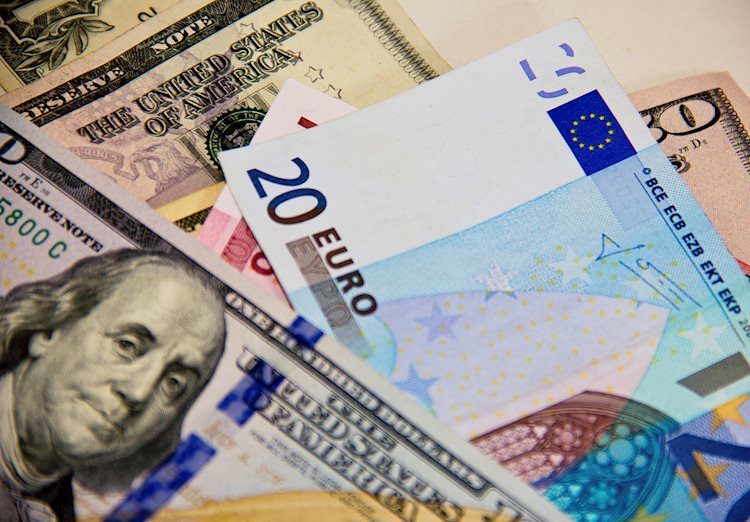The US Dollar (USD) remained strong against major rivals at the start of the new week, fluctuating around 105.00 after a 1% loss and the end of a four-week winning streak. European economic data, such as Sentix Investor Confidence for July and US Consumer Credit Change data, will be key factors to watch for fresh market movement.
In the last 7 days, the US Dollar saw a decrease in value against major currencies, with the British Pound being the strongest performer. The percentage changes are reflected in the heat map, showing how the USD fared against the Euro, GBP, JPY, CAD, AUD, NZD, and CHF during this period.
US Bureau of Labor Statistics (BLS) data revealed that in June Nonfarm Payrolls (NFP) rose to 206,000, beating market expectations. However, the USD struggled to gain support as the BLS revised May’s NFP increase lower. The Unemployment Rate rose to 4.1%, while annual wage inflation softened to 3.9%.
The left-wing New Popular Front secured the most seats in the French National Assembly but fell short of an absolute majority. This political outcome did not have a significant impact on the Euro, as EUR/USD remained relatively unchanged at around 1.0830. Meanwhile, GBP/USD benefited from USD weakness and traded slightly above 1.2800.
Gold prices climbed to a multi-week high above $2,380 in response to US Treasury bond yield declines following the employment data. XAU/USD struggled to maintain its rally and consolidated around $2,380. USD/JPY experienced marginal losses, fluctuating within a narrow range around 161.00.
The Euro is the currency for 20 European Union countries in the Eurozone and is the second most traded currency in the world after the US Dollar. The European Central Bank (ECB) in Frankfurt is the reserve bank for the Eurozone and manages monetary policy to maintain price stability. Key economic data releases and indicators, such as inflation, GDP, and trade balance, can significantly impact the value of the Euro in the foreign exchange market.











